Dream catchers have captivated many with their intricate designs and the promise of safeguarding sleepers from bad dreams. These fascinating artifacts are more than just decorative items; they carry deep spiritual significance and a rich historical lineage. As we embark on exploring dream catchers, we'll uncover not only their traditional use and symbolism but also their broader cultural implications, including issues of appropriation and commercialization in modern times.
Historical Roots of Dream Catchers
Dream catchers trace their origins to the Ojibwe people, known for their deep spiritual connection with nature. Central to their creation is the legend of Asibikaashi, the Spider Woman, revered as a protector of the people. Here's how the tradition unfolded:
- Origin with the Ojibwe: Dream catchers were initially crafted by the Ojibwe, a Native American people predominantly located in the Great Lakes region. The craft is believed to have been inspired by the Spider Woman, a key figure in their folklore.
- Legend of Asibikaashi: Asibikaashi, or Spider Woman, played a crucial role. As the Ojibwe nation expanded, Asibikaashi found it difficult to protect all children from afar, prompting the creation of dream catchers.
- Purpose within Culture: These artifacts were made to filter dreams, catching the bad ones in the web, and allowing only good dreams to pass through, providing comfort and protection during sleep.
Understanding these origins helps in appreciating the cultural depth and the spiritual respect attributed to dream catchers beyond their aesthetic appeal.
Spiritual Significance in Native Cultures
Dream catchers hold a special place in the spiritual practices of Native Americans, particularly amongst the Ojibwe. Here’s a breakdown of their symbolic elements and continued significance:
- Role as Protectors: Traditionally, dream catchers were used as talismans to protect sleeping individuals from bad dreams and negative spirits.
- Elements and Meanings:
- The Web: Symbolizes the web of life and its complexities.
- The Hoop: Represents the circle of life.
- Feathers and Beads: Signify the breath of life and individuality respectively.
- Modern Relevance: Despite changes over time, many indigenous people continue to cherish and use dream catchers, adhering to the traditional methods and materials.
The spiritual layers embedded in each element are profound, reflecting a rich tapestry of beliefs and values still respected today.
Spiritual Versus Religious Associations
While dream catchers are deeply spiritual, their use in Native American culture differs significantly from formal religious practices. Understanding this distinction is key to appreciating their role in various cultural contexts.
- Spirituality vs. Religion: Dream catchers are not tied to specific religious rituals but are used more broadly for spiritual protection and guidance.
- Personal vs. Public Use: They often serve as personal spiritual tools rather than components of public ceremonial practices, highlighting their role in private spaces rather than communal religious events.
This distinction underscores the personalized nature of dream catchers and their adaptation in different spiritual practices outside of formal religious contexts.
Symbols and Meanings
Each element of the dream catcher is imbued with meaning, contributing to its overall purpose as a spiritual talisman. Here’s a closer look at these elements:
- The Web: Interpreted as the filter that catches harmful dreams, allowing only positive thoughts to pass through.
- The Hoop: Seen as a symbol of unity and the cycle of life, encompassing the eternal flow of energy.
- Feathers and Beads: Used not only for decoration but also as symbolic elements. Feathers relate to air and breath, vital for life, while beads can represent the individual or specific spiritual or medicinal powers.
The thoughtful composition of dream catchers reveals their functionality as much more than mere sleep aids; they are a spiritual safeguard imbued with significant cultural values.
Appropriation and Commercialization
The growing popularity of dream catchers brings to light issues of cultural appropriation and the importance of respecting indigenous crafts. Here’s what needs to be considered:
- Rise in Popularity: Dream catchers have become popular globally, often stripped of their original meanings and used as mere decorations.
- Cultural Appropriation Concerns: The mass production of dream catchers often ignores their spiritual and cultural significance, leading to debates about ethical use and cultural sensitivity.
- Supporting Authentic Craftsmanship: To genuinely appreciate and support the cultural heritage embodied by dream catchers, one should seek out authentic creations made by Native artisans, ensuring cultural practices are honored and preserved.
Navigating the line between admiration and appropriation is crucial when embracing elements from cultures not our own. Respect and understanding of the origins and significance of items like dream catchers are essential in maintaining their integrity and value.
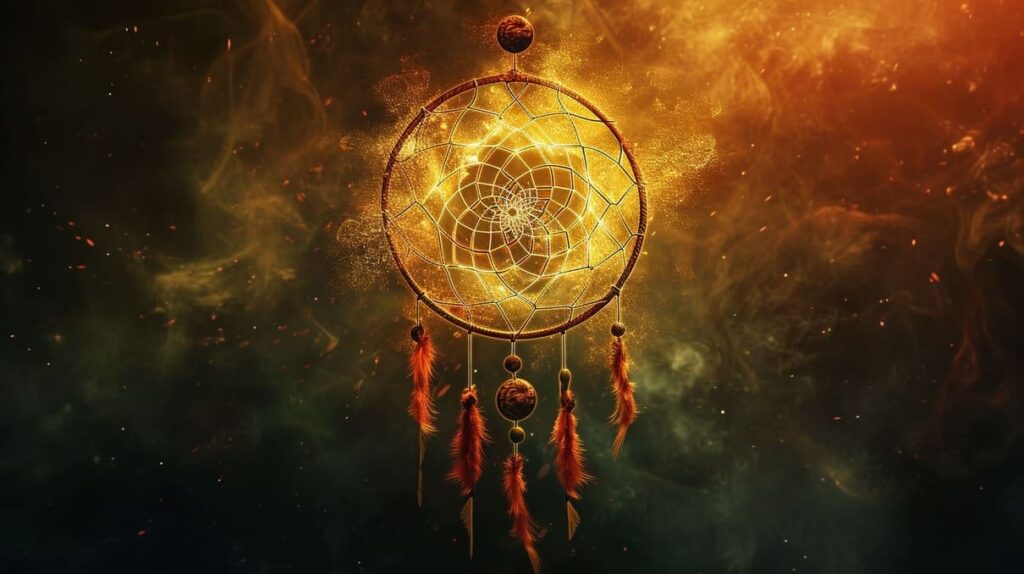
This exploration invites us to deeply respect the traditions and beliefs associated with dream catchers, urging us to think critically about our engagement with cultural artifacts within and beyond their communities of origin.
Respecting Cultural Heritage
In the journey to understand cultural artifacts like dream catchers, respecting the traditions and values they encapsulate is paramount. For both collectors and admirers from outside the Indigenous communities, honoring these elements requires a thoughtful approach grounded in ethics and understanding.
Ethical Engagement with Dream Catchers
- Learning and Acknowledgement: Understand the profound history and the spiritual meanings associated with dream catchers.
- Supporting Indigenous Artisans: Ensure that purchasing decisions favor authentic sources, directly benefiting the creators and their communities.
Grasping Cultural Importance
- Cultural Significance: Recognize that each dream catcher is not just an art piece but a vessel carrying centuries of heritage and spiritual importance.
- Avoiding Misuse: Use dream catchers in a manner that respects their intended purpose, avoiding trivialization as mere decor or fashion accessories.
Respecting these practices does more than just preserve traditions; it builds bridges of understanding and multicultural respect.
Comparing Traditional and Contemporary Dream Catchers
The essence of traditional dream catchers is deeply rooted in the materials and craftsmanship employed in their creation. However, as their popularity has risen, so have variations in their design and the authenticity of their craftsmanship.
Traditional vs. Contemporary Dream Catchers
- Materials and Craftsmanship: Traditional dream catchers are usually handmade with natural materials, while contemporary versions may incorporate synthetic components.
- Authenticity and Value: Handcrafted dream catchers often carry deeper cultural and spiritual value, compared to mass-produced counterparts.
| Aspect | Traditional Dream Catchers | Contemporary Dream Catchers |
|---|---|---|
| Materials | Natural (willow, feathers, beads) | Often synthetic (plastic, artificial silk) |
| Craftsmanship | Handmade, unique | Mass-produced, often identical |
| Cultural Authenticity | High, with deep spiritual significance | Varied, often lacking in spiritual context |
| Support for Artisans | Directly supports indigenous artists and cultures | Less likely to benefit original communities |
By understanding these distinctions, one can make informed decisions that respect cultural origins and support genuine craftsmanship.
As we synthesize both the cultural and spiritual dimensions of dream catchers, it's clear that our approach to these beautiful artifacts should be one of reverence and ethical consideration. Whether used for spiritual protection or as objects of beauty, the integrity of dream catchers as cultural symbols must be maintained. This calls for thoughtful engagement and continuous learning to appreciate and honor the traditions from which they originate.
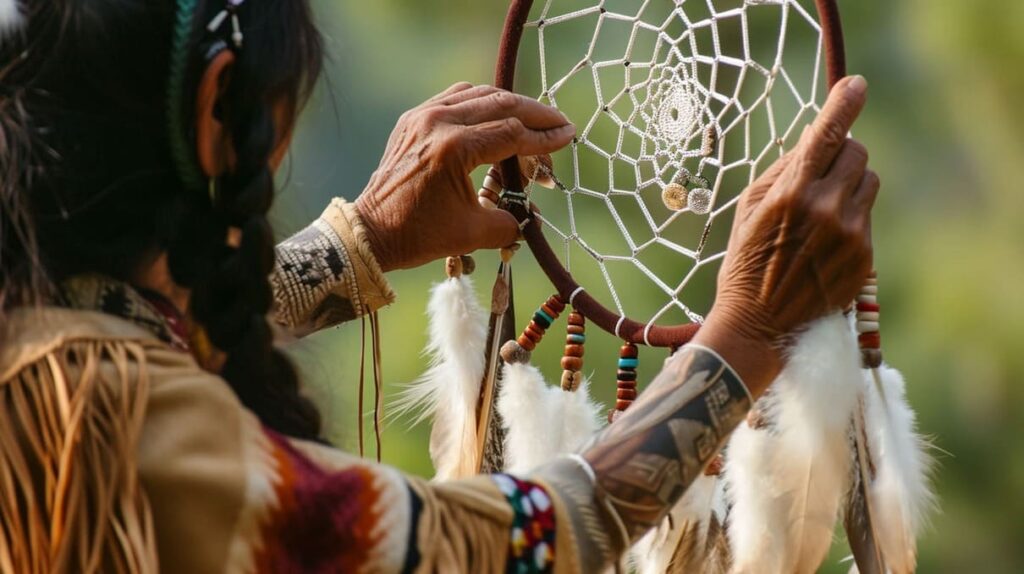
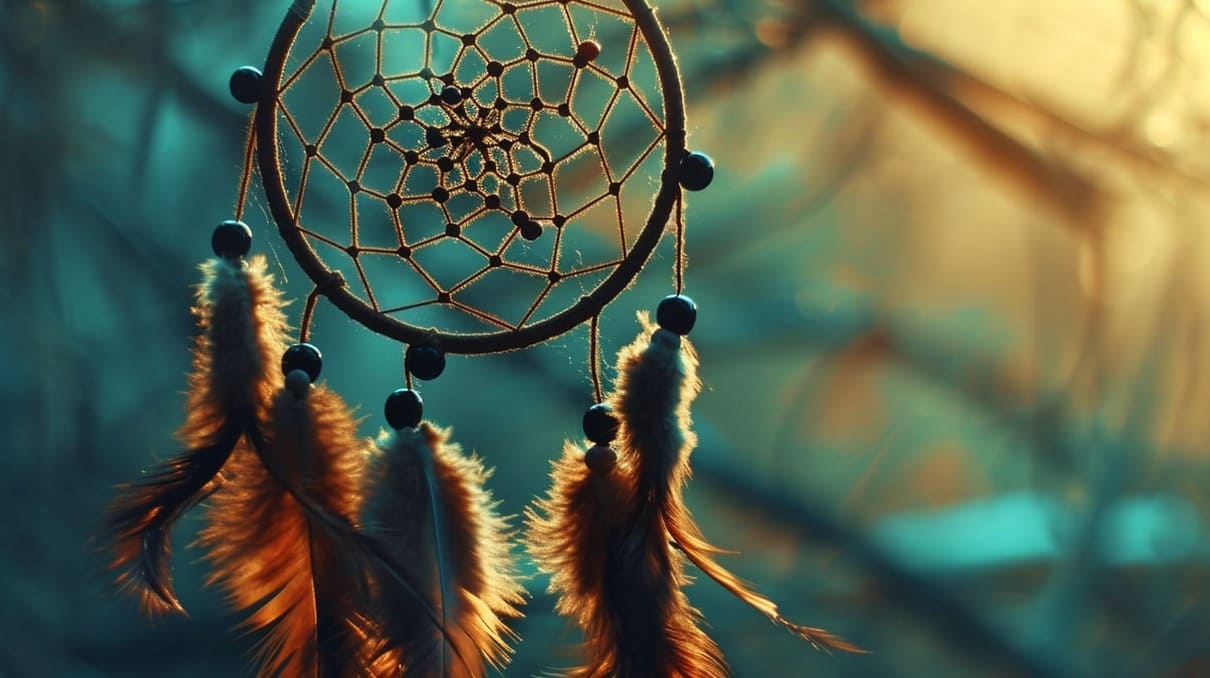
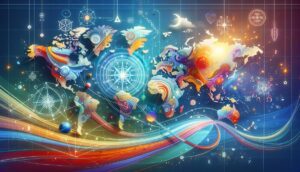
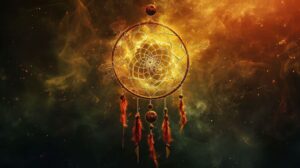
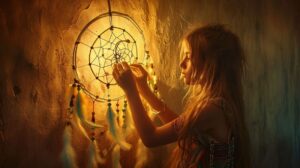

0 Comments